
Where is the best food destination in Southeast Asia? It’s a matter of taste – and it’s a title Malaysia and Singapore have long coveted. For Singaporeans, nothing quite touches a nerve like Malaysia claiming the city state’s unofficial national dish: Hainanese chicken rice.
For decades, the dish invented by Chinese immigrants in Southeast Asia has been claimed by both food-crazed nations, but according to the history books, matters aren’t as straightforward as they seem.
The rivalry has been running red hot since the nations split in 1965. The battle over who owns the humble dish reached new heights in 2009 when then Malaysian tourism minister Ng Yen Yen said Hainanese chicken rice was “uniquely Malaysian” and had been “hijacked” by Singapore.
Singaporeans evened the score last December when their hawker culture was given intangible cultural heritage status by Unesco. Singapore also boasts eight restaurants or hawker stalls serving Hainanese chicken rice that either have a much-desired Michelin star, or rate a mention in the prestigious guide.
Hainanese chicken rice is a deceptively simple dish of succulent poached chicken and fragrant oily rice, usually served with condiments like crushed ginger, thick soy sauce and the all-important chilli sauce.
At Singapore’s famed Tian Tian Hainanese Chicken Rice the signature dish is made by poaching the bird in chicken stock before transferring it to an ice bath, which helps form a flavoursome translucent jelly between the skin and meat. The rice is cooked in a broth made by stir-frying piles of chopped garlic in chicken oil, then adding rice, pandan leaves and chicken stock.
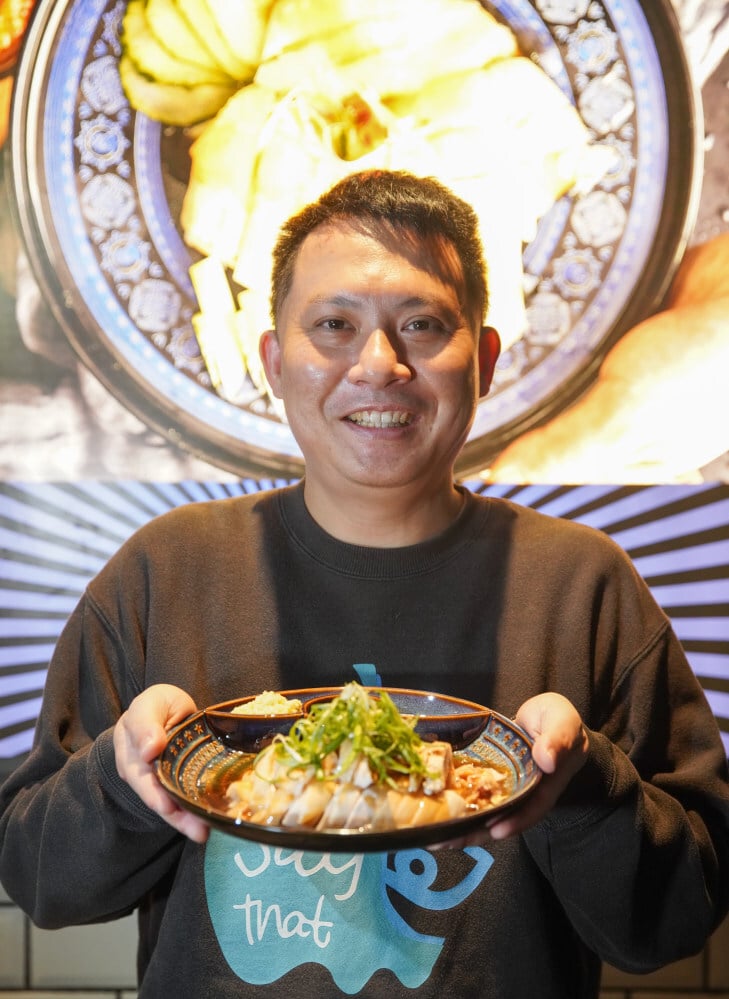
The restaurant chain has outlets across Asia, including in Hong Kong, where 170 chickens are prepared every day, with six to eight portions carved from each bird, says Anthony Tang Chi-ho, co-owner of Hong Kong’s Tian Tian.
Hainanese chicken rice is a proud product of Malaysia and Singapore’s migrant populations, adapted from a dish called Wenchang chicken rice that evolved in the city of Wenchang, on the island of Hainan, China’s southernmost province.
“Wenchang chicken in Hainan refers to the breed of chicken, or the way that it is raised,” says Singaporean heritage enthusiast Brian Wong, 42, adding that the dish uses a lean bird that is raised free-range.
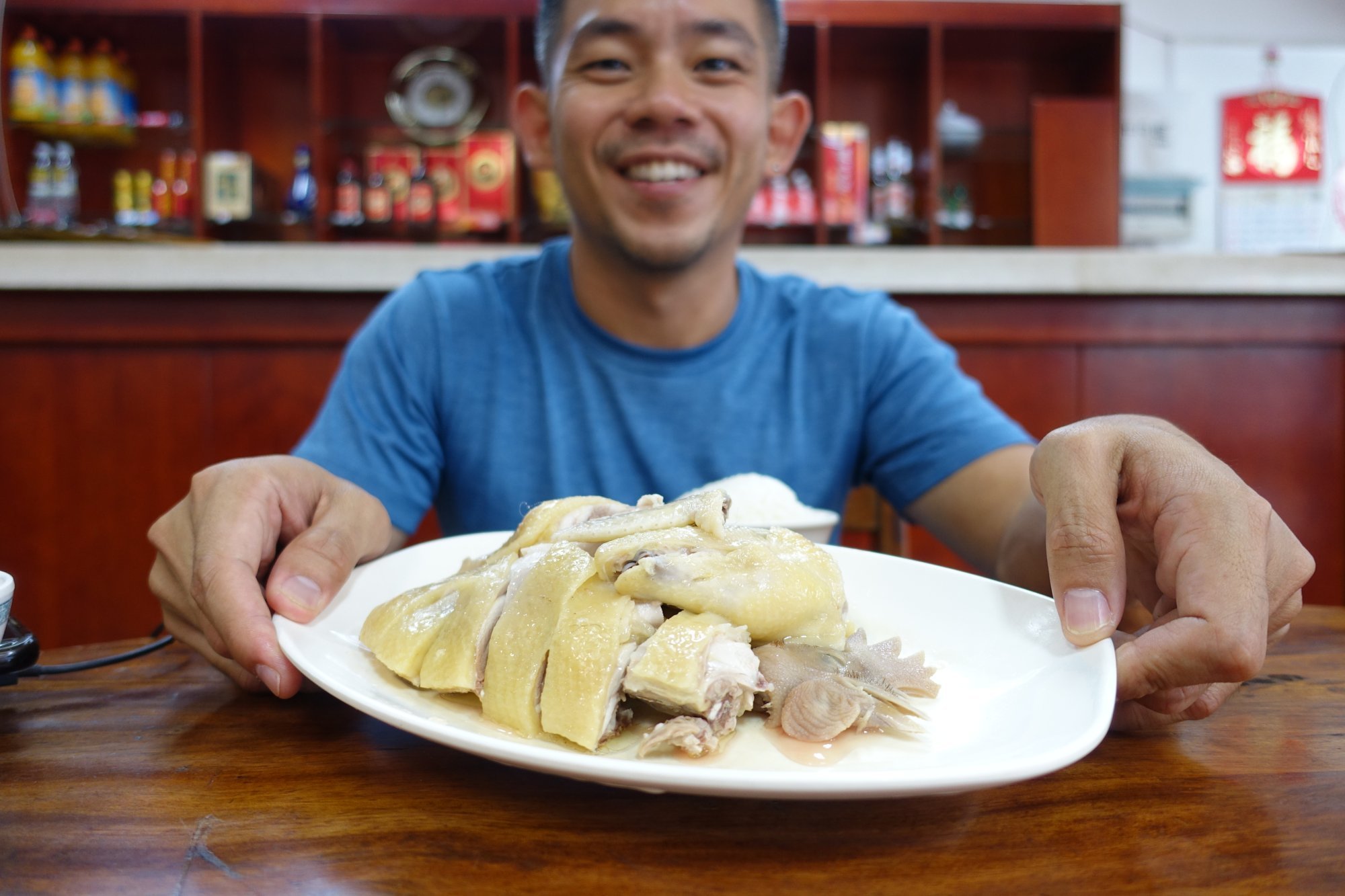
Wong explains that because the Wenchang chicken meat is naturally sweet and has a thin skin, Hainanese believe it is best eaten poached and seasoned with a simple sauce.
“The meat is tender but chewy at the same time. The meat is very different from what we have in Singapore and Malaysia,” says Wong, who has spent the past two years researching Hainanese cuisine and its influence on Singapore’s culinary scene.
In 2019 Wong visited Hainan, where his parents are from, to research the island’s food traditions. “The few shops I visited in Hainan didn’t serve it with chilli, but instead small yellow capsicum, and the dip is a simple oil with calamansi, garlic and ginger. The focus is really the chicken,” he says. “For the rice, it really just tastes like plain rice, or [they] add some chicken stock. It is not like the yellowish greasy rice served in Singapore or Malaysia.”
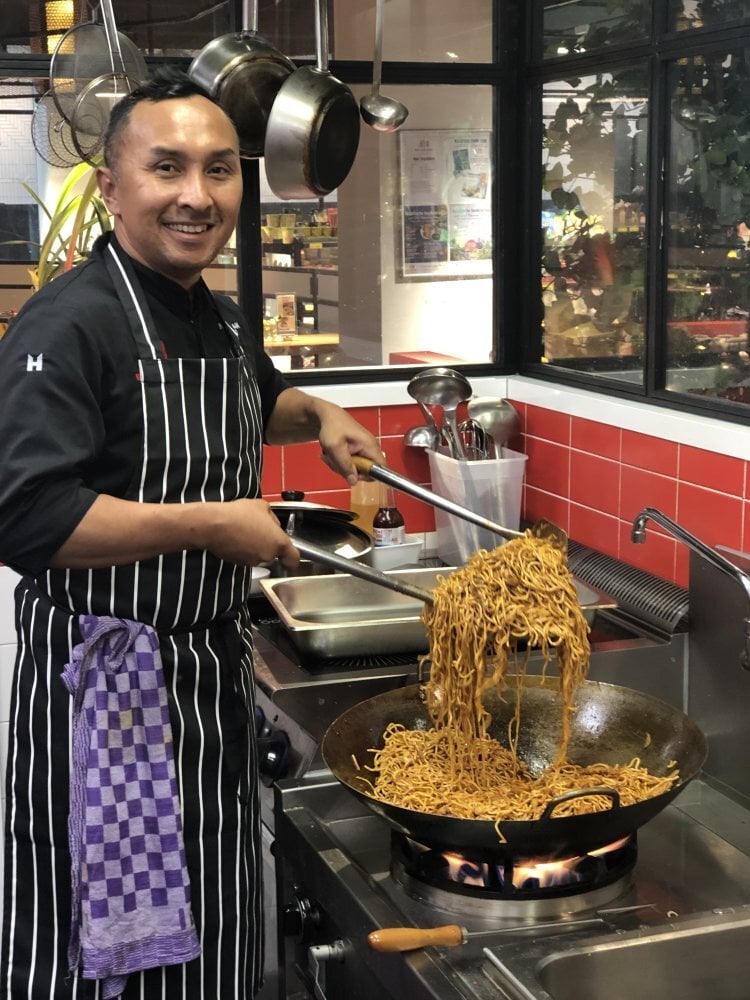
In the 19th and 20th centuries Hainanese families took this simple Wenchang chicken dish with them when they migrated across Southeast Asia, says Malaysian chef and cookbook author Norman Musa.
“During this peak period between the 1880s and 1940s, most Chinese migrants moved to British Malaya to work in the tin mines. The economy was very good, they saw it as a land of opportunity,” says the 46-year-old, who has been promoting Malaysian cuisine in Europe for the past 10 years.
While they may have started out working in tin mines and rubber plantations in Malaya, many Hainanese migrants found other opportunities in the food and beverage trade, particularly after the second world war and after the British left, says Musa.
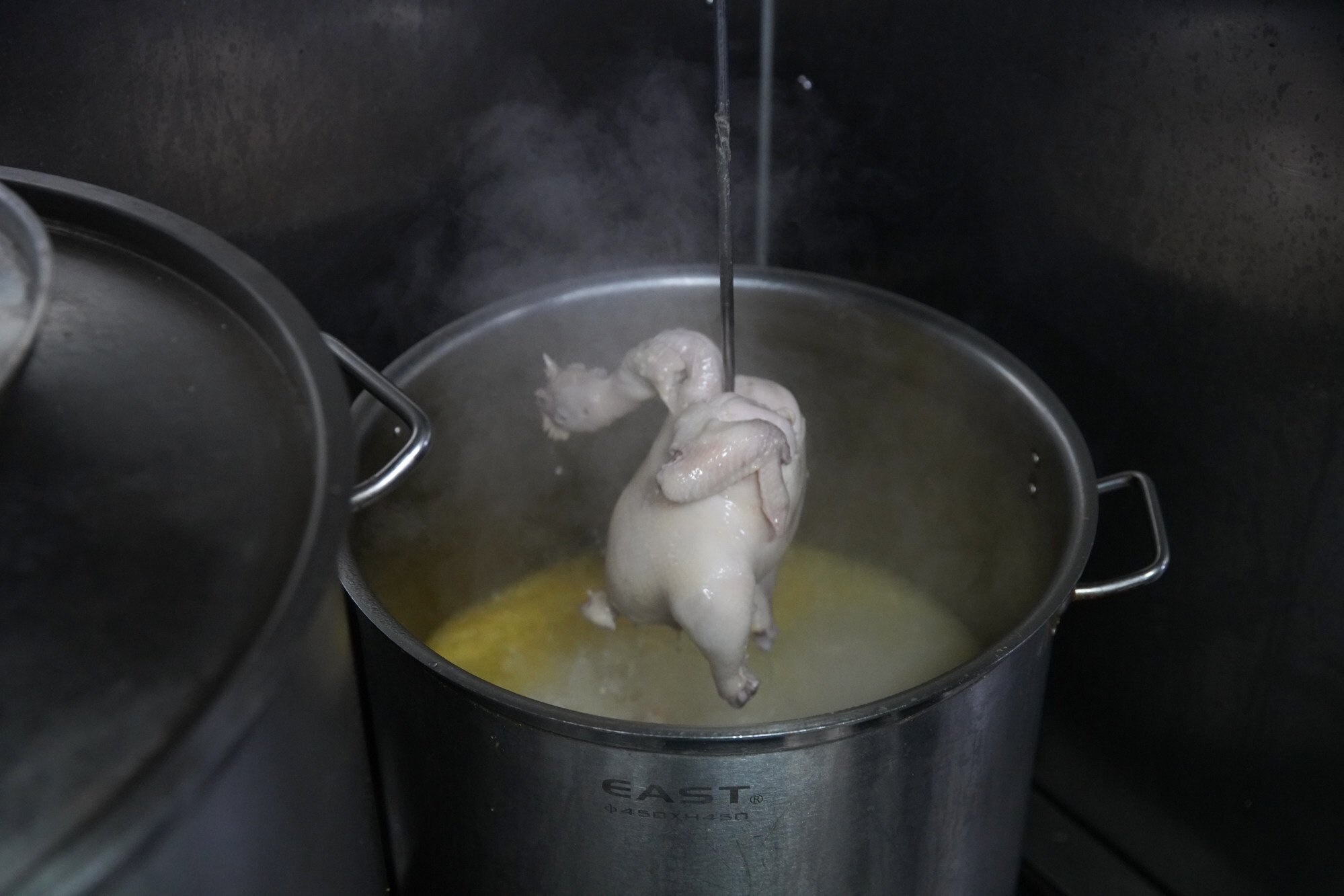
Over time, Wenchang chicken rice evolved to suit the available ingredients and the changing tastes. Hainanese migrants started using local breeds of chicken and different varieties of rice and a wider range of sauces.
Determining which country deserves to claim chicken rice is complicated because “Singapore and Malaysia were once the same country”, Wong explains. Hainanese migrants settled in large numbers in British Malaya, including Singapore, bringing their food with them.
In 1963, the Federation of Malaysia was formed, uniting Malaya, Singapore, as well Sarawak and Sabah in Borneo – but that didn’t last long. Two years later Singapore acrimoniously split from Malaysia to become its own country. And so began their decades-long rivalry over everything from food, language and culture.
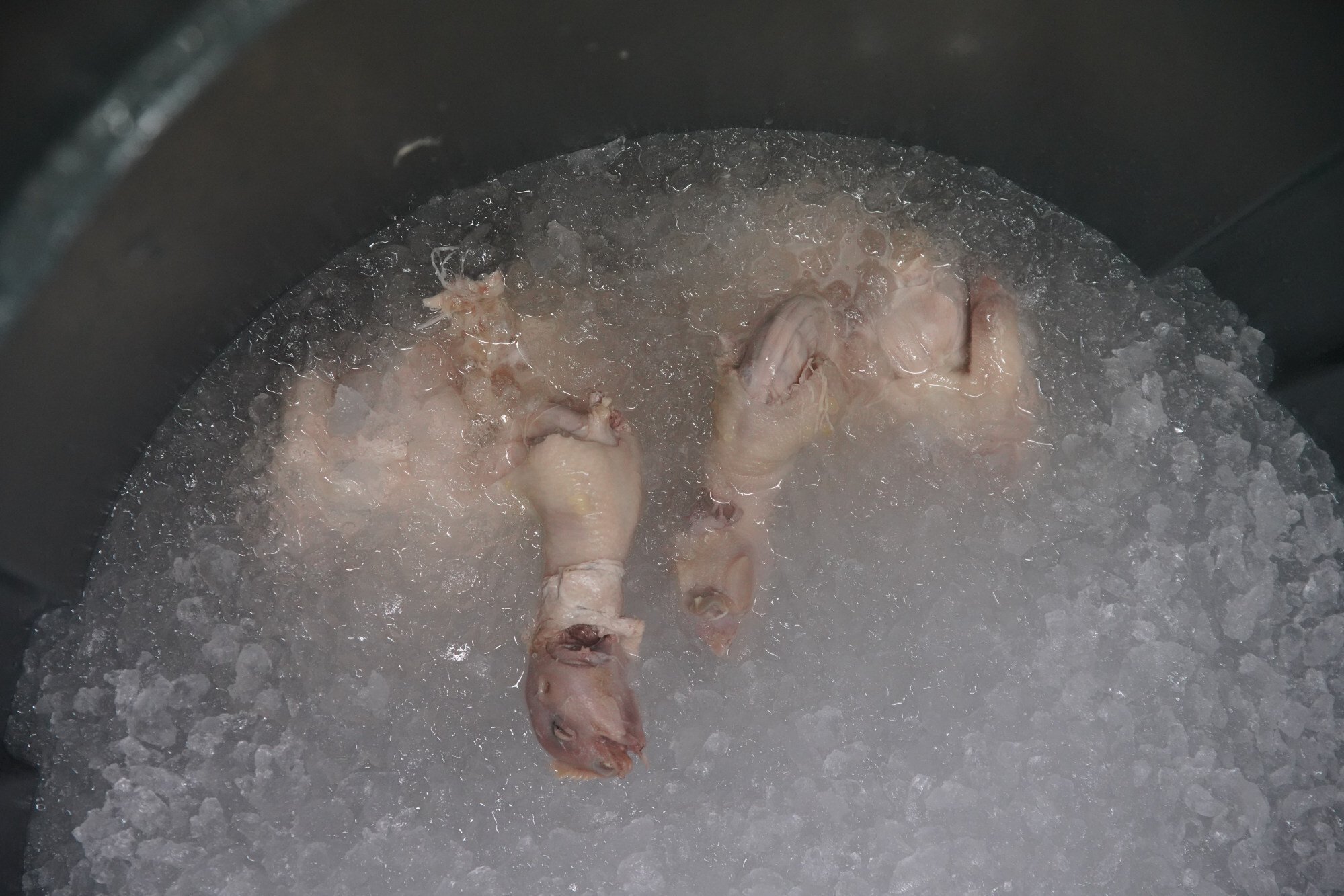
Nowadays there are about 220,000 Hainanese in Singapore and 140,000 in Malaysia. “You have to think of it this way, Singapore was part of Malaysia before,” says Musa. “I know Singapore is going to hate for me for saying this, but if you imagine that Singapore was still a part of Malaysia, chicken rice would just be considered a regional dish, like we have all over Malaysia.”
Wong says the first chicken rice shops started popping up in Singapore in the 1940s. Until that point, chicken rice was eaten in the homes of Hainanese migrants. Because of an economic slump during and after the second world war, many migrants were forced to become street hawkers.
The first recorded chicken rice stall in Singapore was started in 1940 by a man called Wong Yiguan, who was originally from Qionghai, but went Wenchang to learn how to make the dish, says Wong. Wang’s apprentice, Moh Lee Twee, started his own restaurant in 1949 called Swee Kee Chicken Rice. “It is the one that is widely recognised as putting Hainanese chicken rice on the map,” he adds.
Before it closed in 1997, Swee Chee Chicken Rice was flooded daily with tourists who came to eat chicken rice. Nowadays chicken rice stalls abound in the city state.
There are many different variations of Hainanese chicken rice across Southeast Asia, but Singapore’s version is arguably the best known, thanks to smart marketing, say Musa and Wong.
“From the tourism side, we did promote chicken rice as somewhat like a national dish, and we promoted our food to tourists,” says Wong. “So I guess we are better at promoting and recognising we have a lot of different cuisines.”
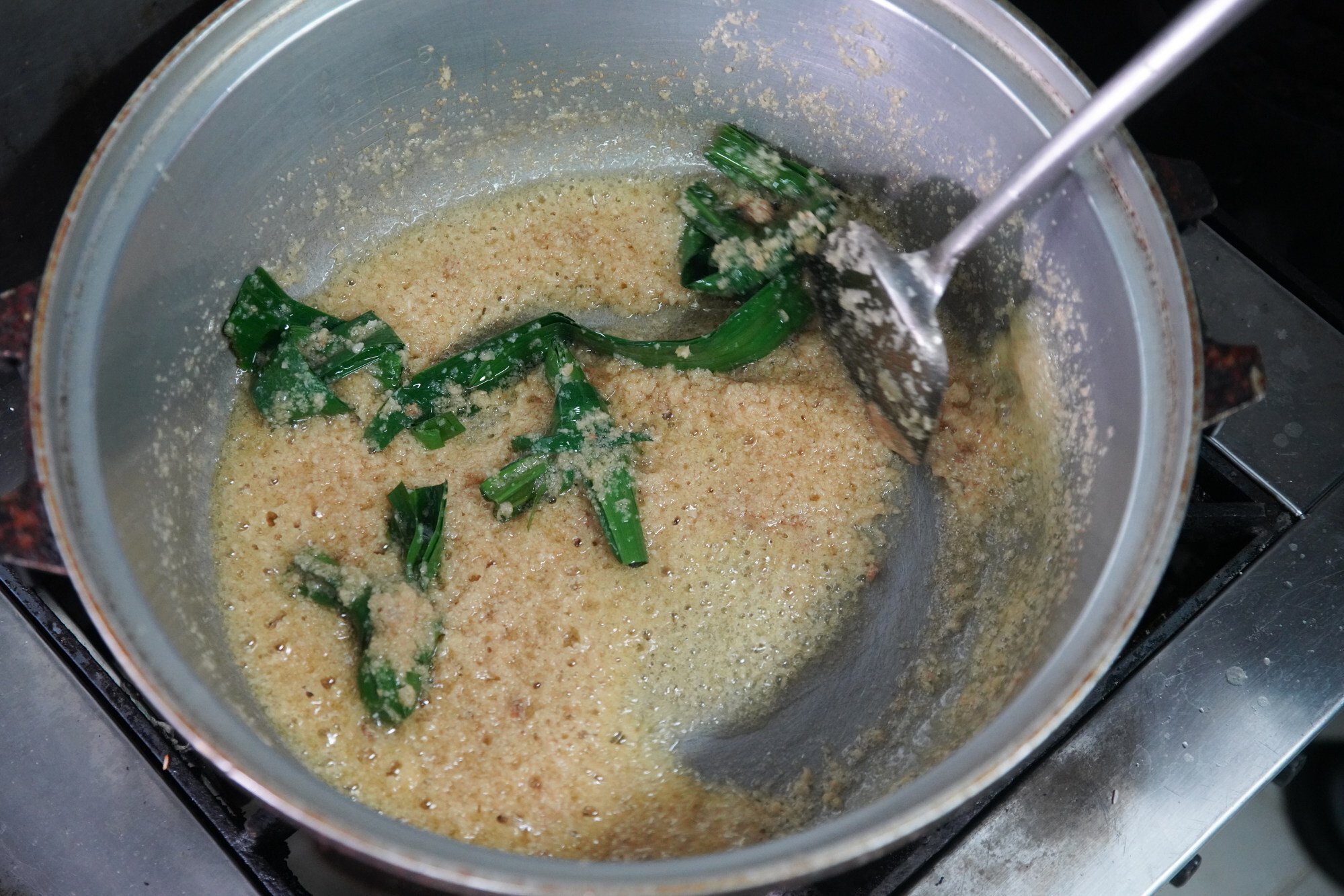
Malaysia’s history with chicken rice is not as well documented, admits Musa, but controversially, he says Malaysia may be better placed to claim Hainanese chicken rice as its own, with the oldest Malaysian chicken rice store dating back to 1939, a year before Singapore’s first chicken rice stall.
“In Malaysia we don’t usually put the date on cafes or restaurants, but if you go and ask the stalls or cafes, they will tell you how many generations have been running that stall or cafe,” he says.
“But we have this Hainanese chicken restaurant that’s been open since the 1930s called Nam Heong Chicken Rice in Kuala Lumpur. We’re very lucky that Nam Heong Chicken Rice put the date there, so it shows Singaporeans that chicken rice actually comes from Malaysia.”
Singapore hawker food culture given shot in the arm by young chefs
Wong, however, says that neither Singapore nor Malaysia can rightfully claim the dish, no matter which country says the first stall belonged to them.
“At the end of the day it’s from China, Hainan island. Singapore and Malaysia, we were the same country, so it’s very hard to draw a line,” says Wong.
“For chicken rice, it’s so popular because everyone was eating it, so it’s really hard to say which country specifically. My father is from Malaysia so I’m half Malaysian, and every Singaporean has relatives in Singapore and Malaysia. So it’s really hard to draw a line to who really owns the dish.”
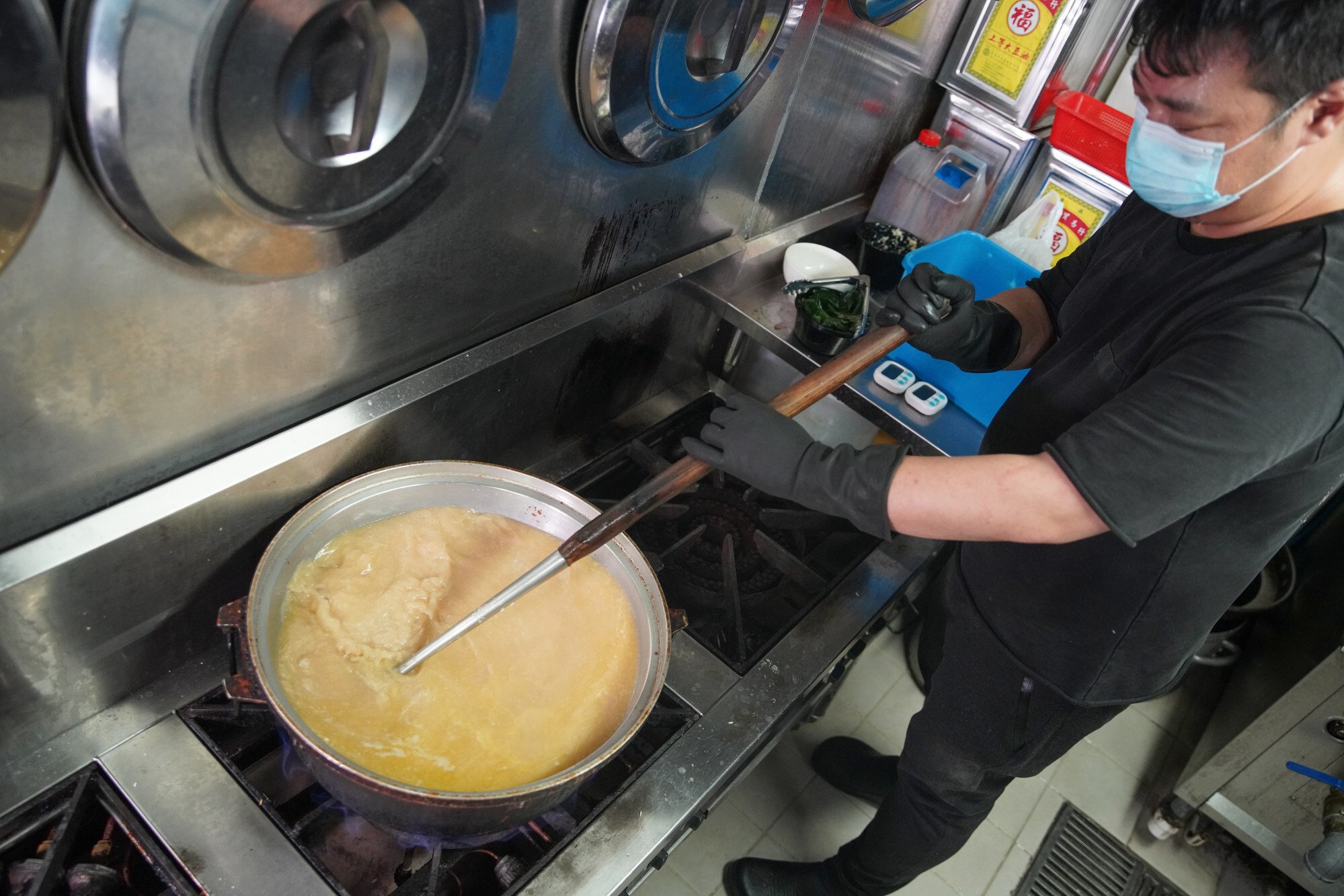
While Musa still proudly calls chicken rice Malaysian, he also believes it’s the immigrants who should be celebrated.
“This kind of debate, it’s been going on for years when it comes to Malaysian dishes or Singaporean dishes,” he says. “Looking at the history, all the dishes have been brought over by all these immigrants.”
Additional reporting by Carolyn Wright







